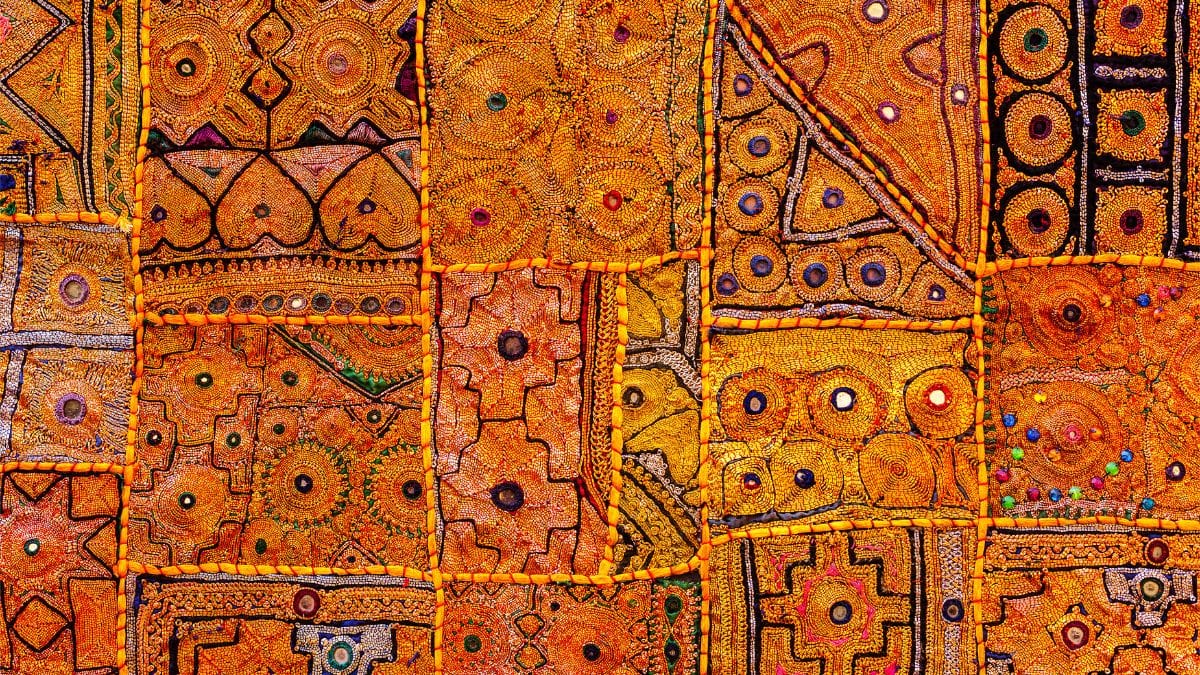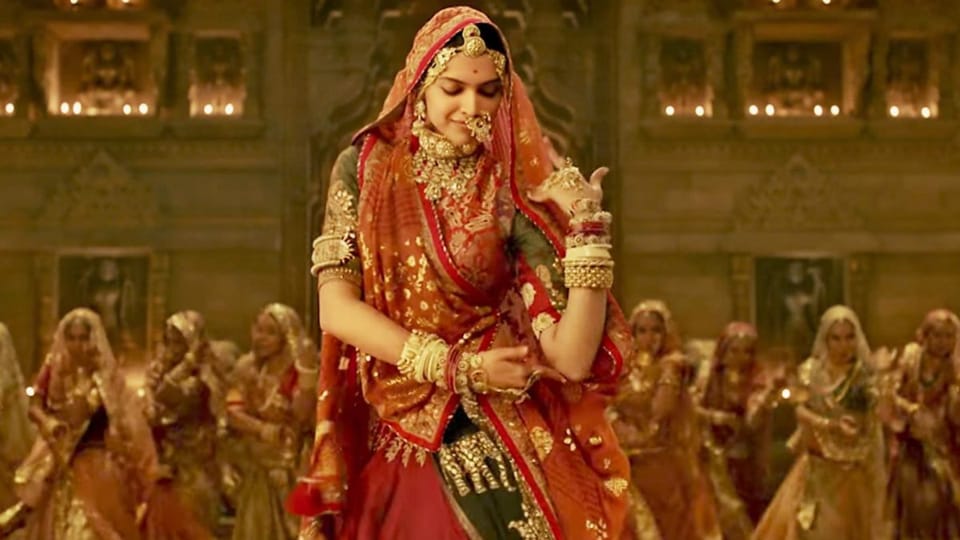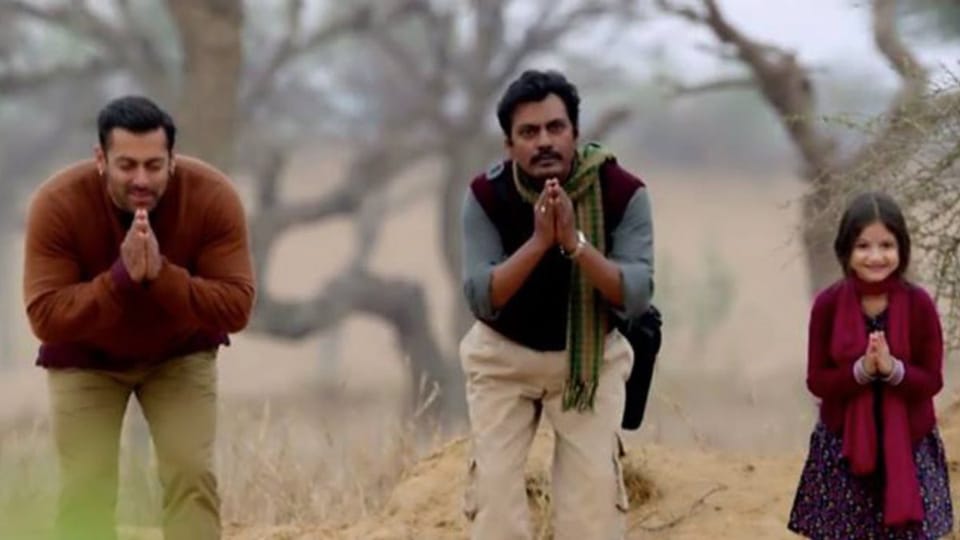Exploring the Rich Tradition of Rajasthani Textile Arts

In the sun-kissed landscapes of Rajasthan, where history weaves itself into the fabric of everyday life, the tradition of textile arts stands as a testament to the region's rich cultural heritage. From the vibrant hues of tie-dye in Bandhani to the intricate block prints and elaborate embroidery, Rajasthani textile arts are a symphony of color, craftsmanship, and tradition that has transcended generations.
Bandhani: The Dance of Tied and Dyed Threads
In the bustling streets of Jaipur and Jodhpur, the art of Bandhani unfolds like a vibrant dance of tied and dyed threads. The word "Bandhani" is derived from the Sanskrit word "Bandhna," meaning to tie. This ancient technique involves tying small portions of fabric with thread and then dyeing it, creating intricate patterns and designs. The result is a breathtaking array of colorful fabrics, scarves, and sarees, each bearing the unique fingerprint of the artisan's skill and precision.
Block Printing: The Art of Impressions
Step into the narrow lanes of Sanganer, a suburb of Jaipur renowned for its block printing tradition, and you'll find artisans meticulously carving intricate designs onto wooden blocks. These blocks, when dipped in natural dyes and pressed onto fabric, create a mesmerizing symphony of patterns. From floral motifs to geometric designs, block printing is a craft that has adorned Rajasthani textiles for centuries, with each piece telling a story of artistry and cultural richness.
Embroidery: The Needlework of Royalty
Rajasthani embroidery is a celebration of opulence and artistry. From the regal zardozi work to the colorful threadwork of Phulkari, the region's embroidery traditions are as diverse as the landscapes that inspire them. In cities like Jaisalmer and Bikaner, skilled artisans bring to life intricate patterns on fabrics, reflecting the cultural nuances and royal elegance that have defined Rajasthani textiles throughout history.
Traditional Weaving: Threads of Heritage
The rhythmic clatter of looms resonates in the textile hubs of Rajasthan, where traditional weaving techniques have been passed down through generations. Whether it's the vibrant cotton fabrics of Kota Doria or the luxurious silks of Saree Bhandar in Jaipur, each thread woven into these fabrics carries with it the legacy of craftsmanship and the cultural identity of the region.
Challenges and Innovations: Navigating the Loom of Time
While Rajasthani textile arts have an enduring legacy, the modern era brings forth new challenges and opportunities. Globalization, changing consumer preferences, and the impact of technology have posed challenges to traditional artisans. However, this era also witnesses a resurgence of interest in handmade and sustainable products. Artisans and cooperatives are embracing innovative approaches, combining traditional techniques with contemporary designs to create a market that values both the craft and the artisan.
Preserving the Heritage: Artisan Communities and Cultural Resilience
Communities of artisans across Rajasthan play a vital role in preserving the rich tradition of textile arts. Cooperatives and NGOs are working to provide a sustainable livelihood for these craftsmen, ensuring that the artistry and skills are not lost to time. By fostering a sense of pride in their heritage and creating platforms for showcasing their crafts, these initiatives are contributing to the cultural resilience of Rajasthan's textile traditions.
In Conclusion: Threads of Continuity
Rajasthani textile arts are more than just products; they are threads that weave together the stories of a region, its people, and their artistic expressions. From the ancient craft of Bandhani to the intricate details of embroidery, each piece of textile is a chapter in the timeless tapestry of Rajasthan's cultural heritage. As these traditions continue to evolve, adapting to the modern world while staying true to their roots, the textile arts of Rajasthan remain a living testament to the enduring beauty of craftsmanship and tradition.




